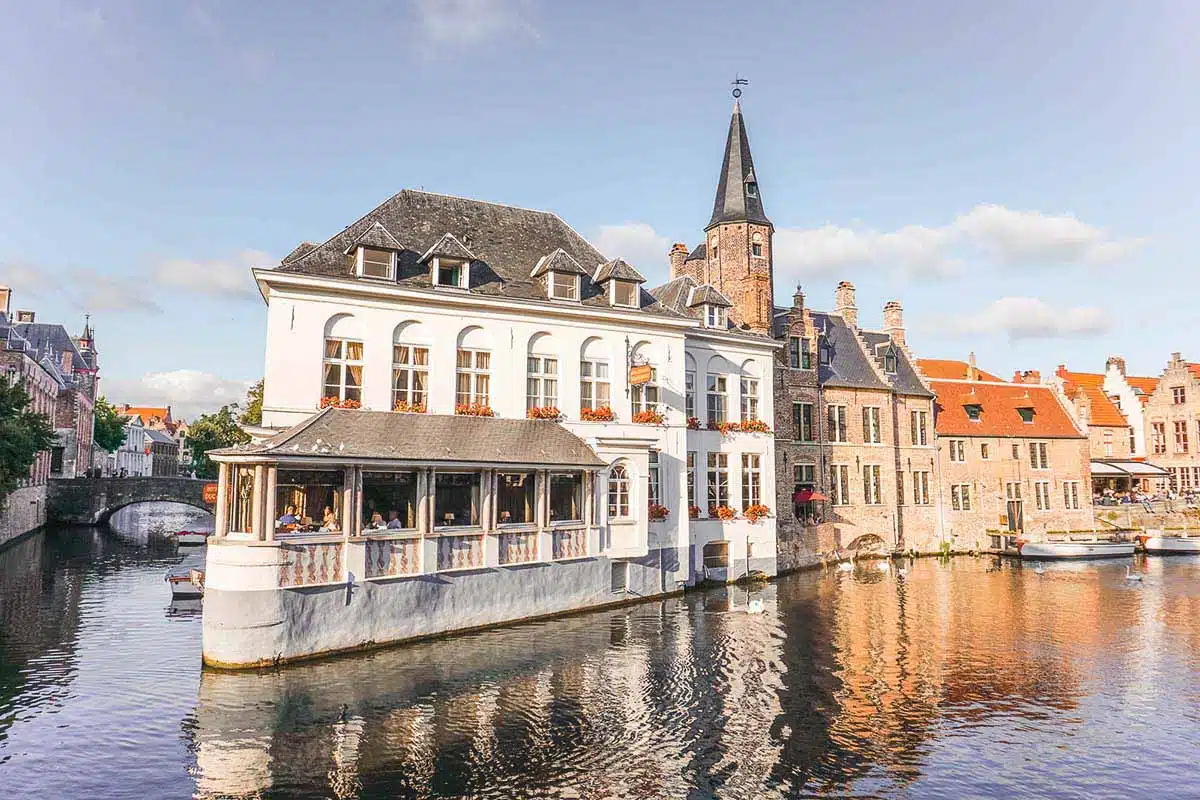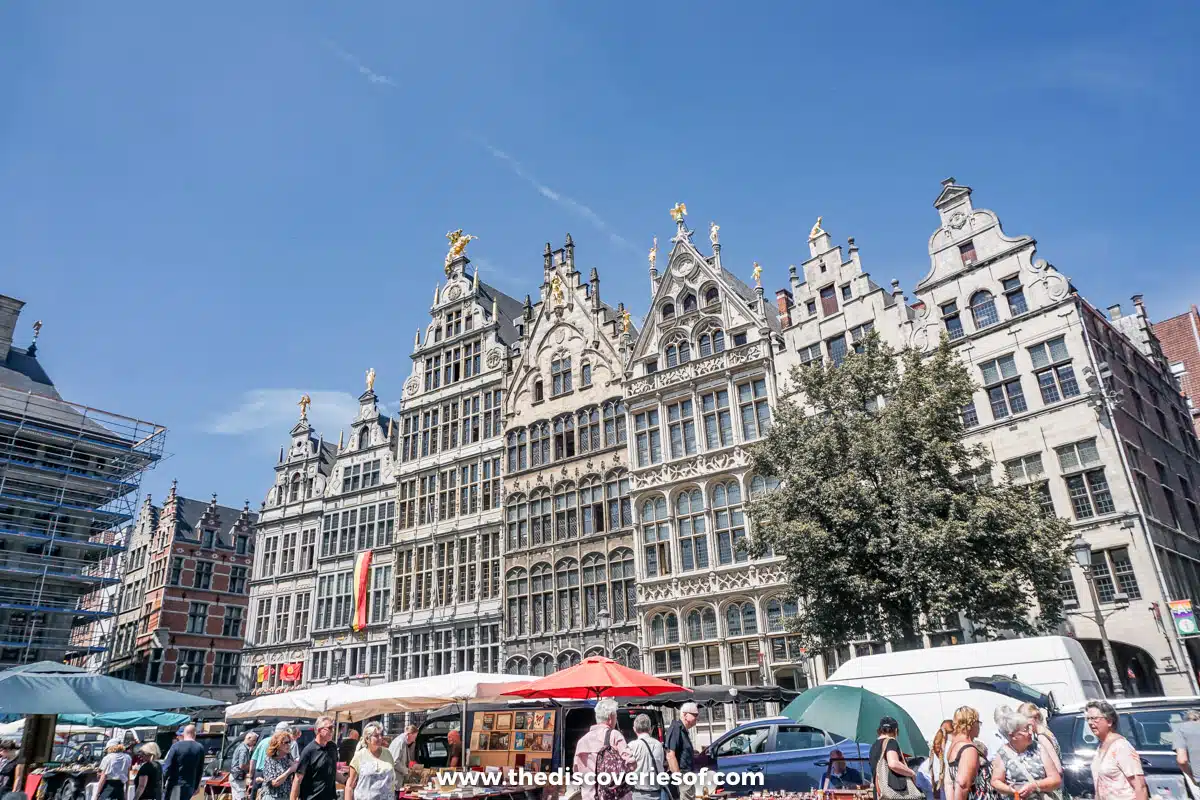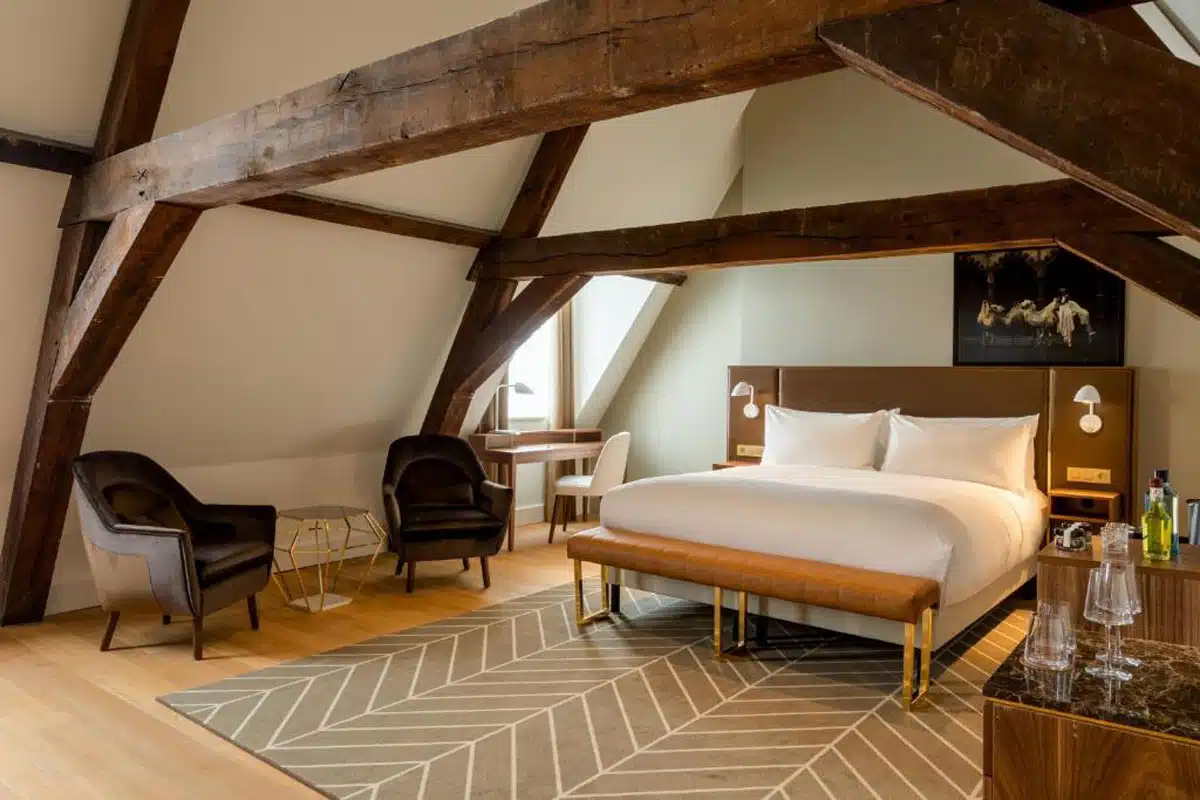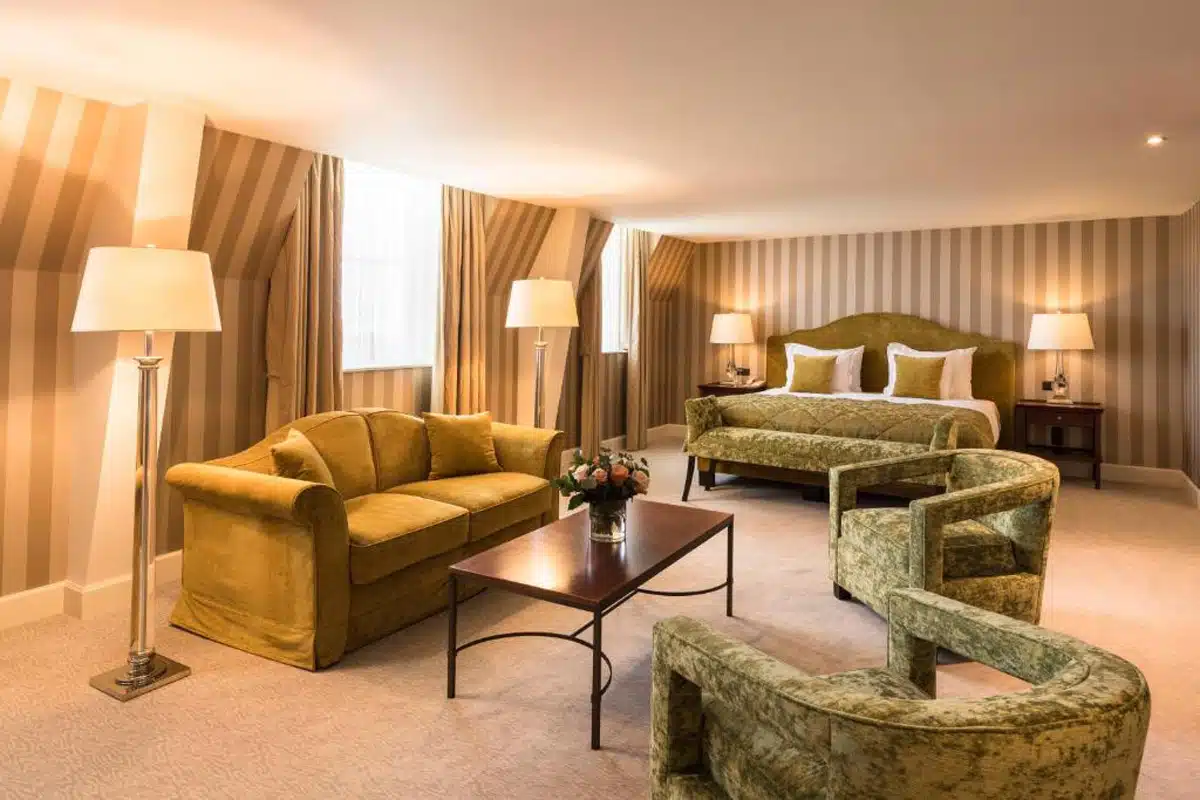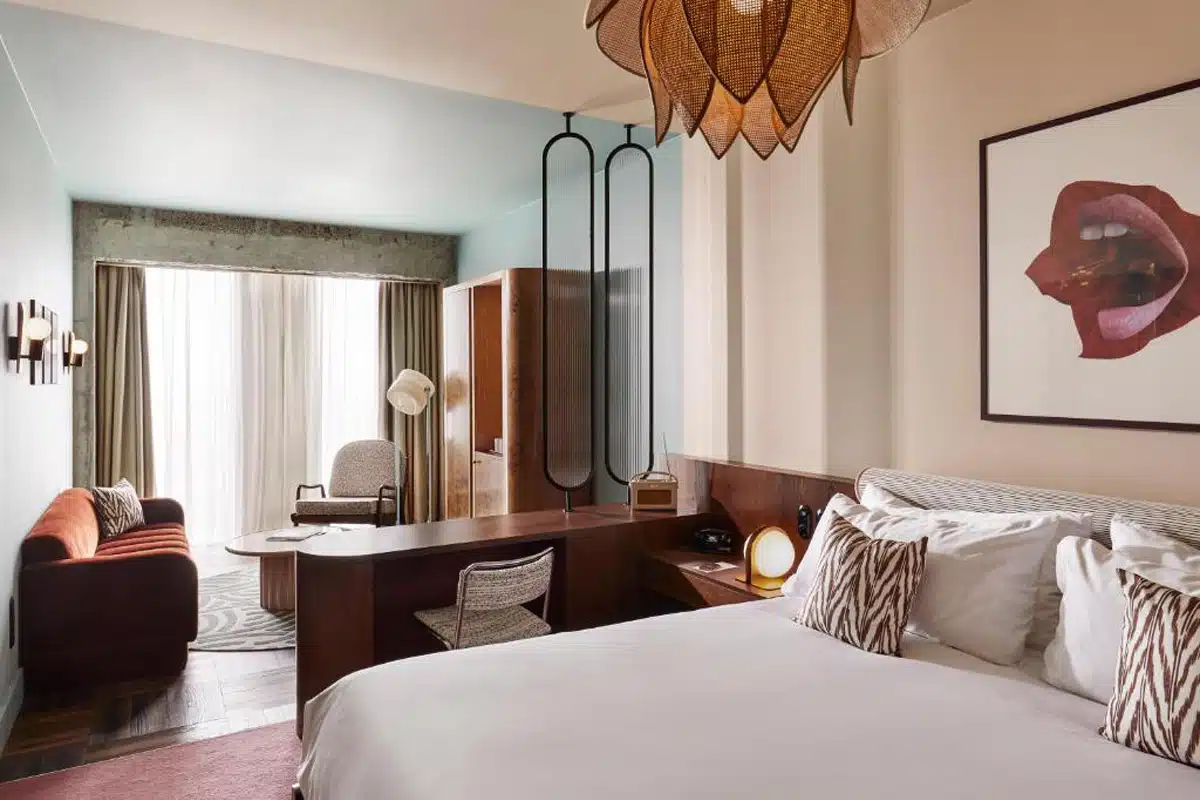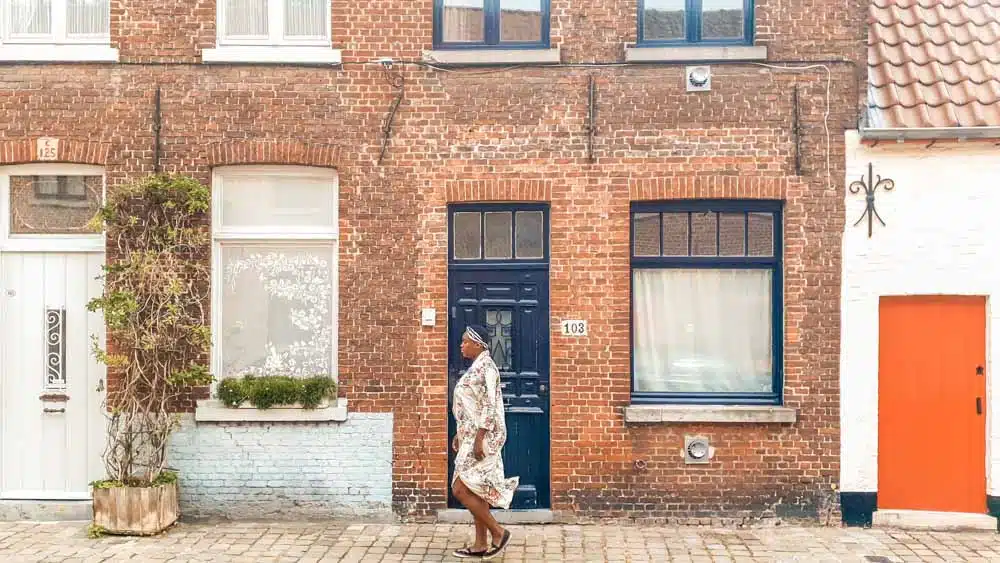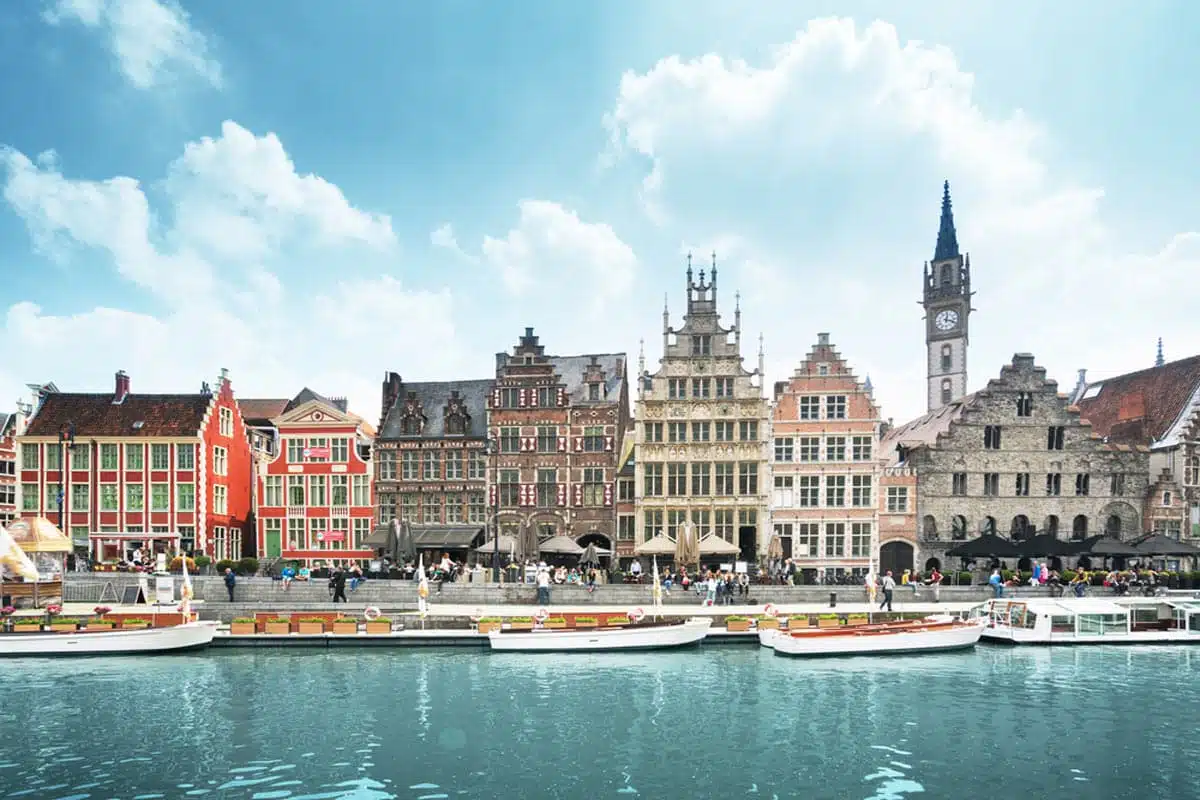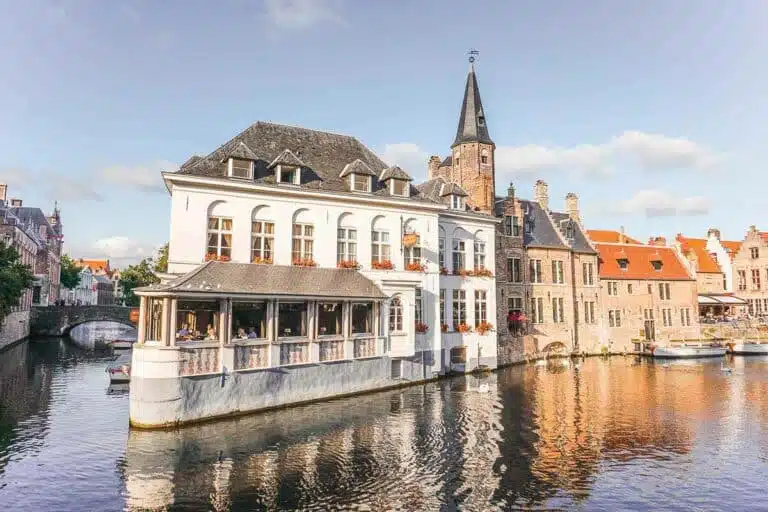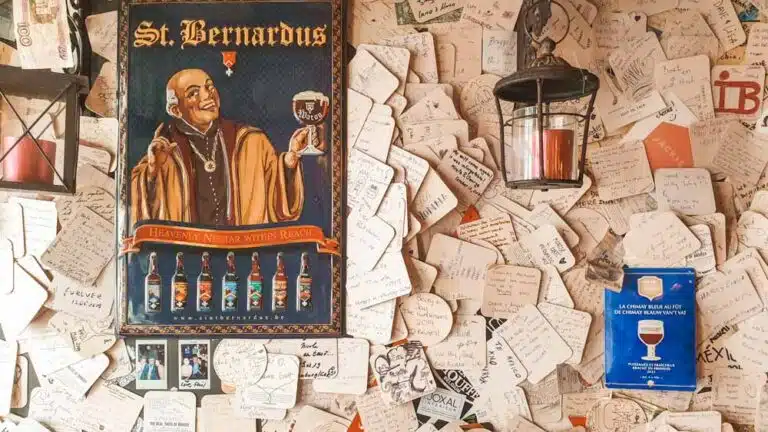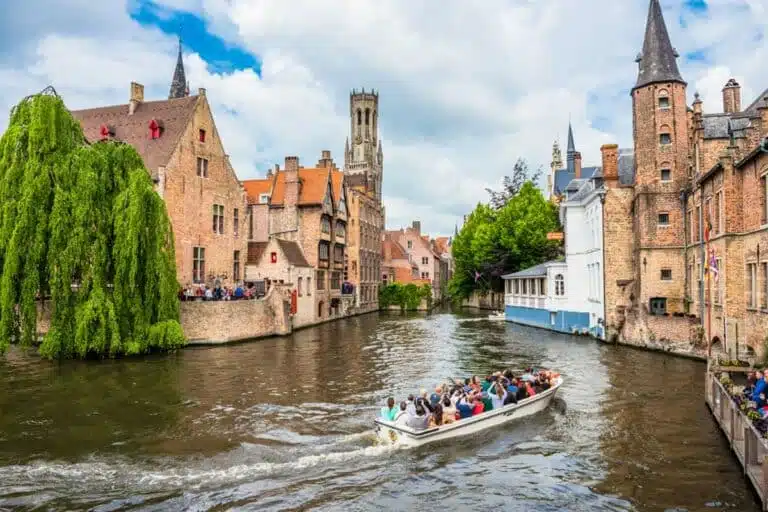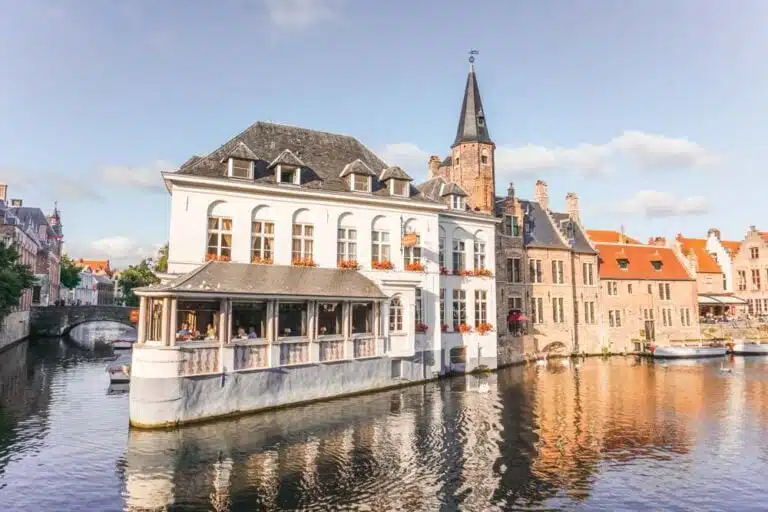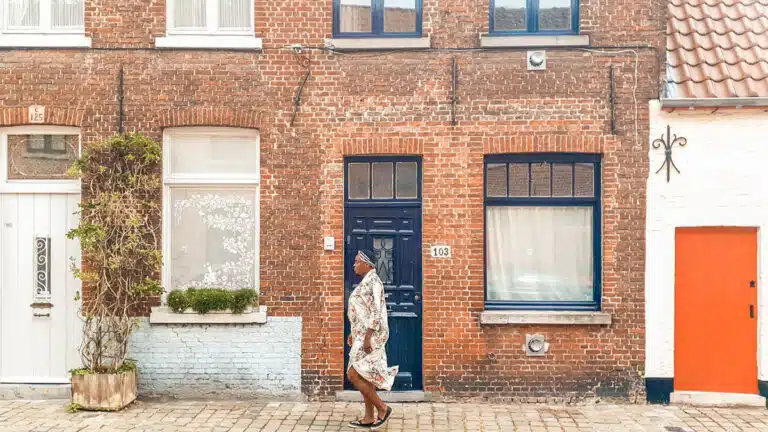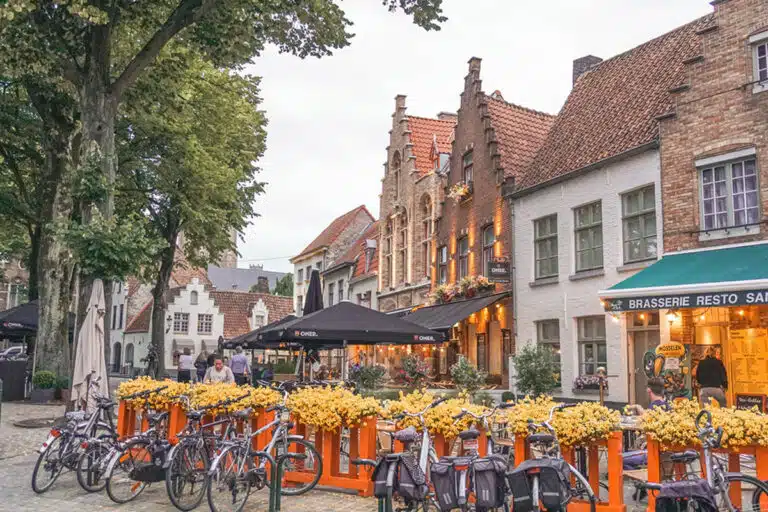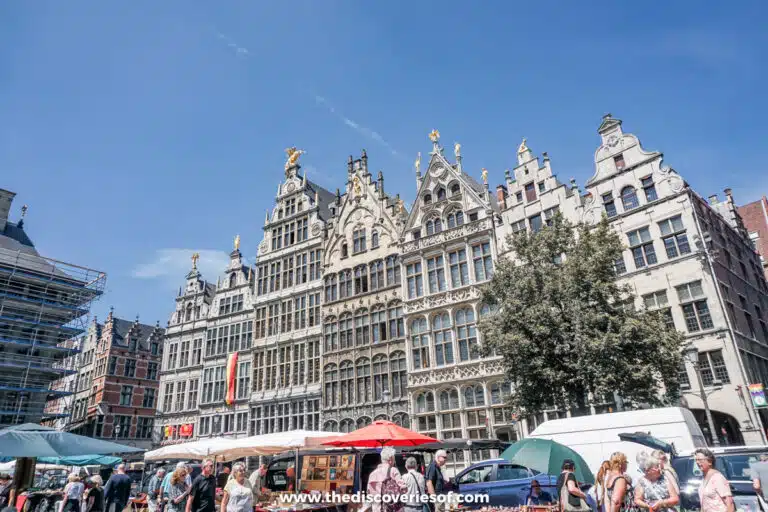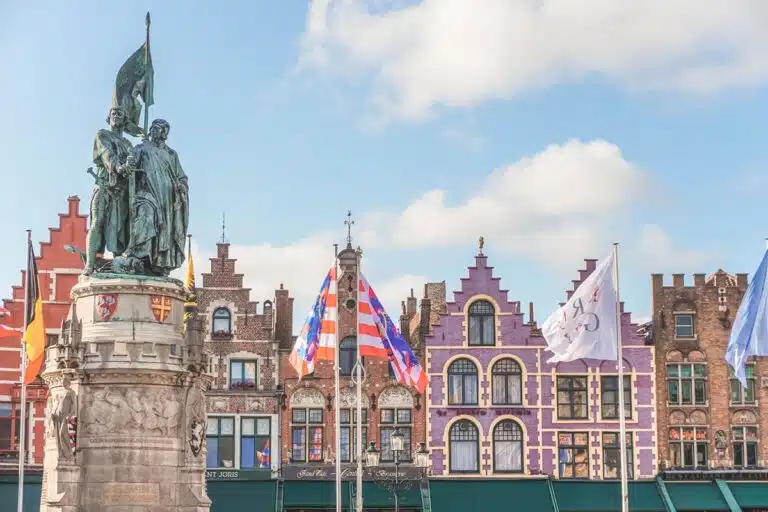
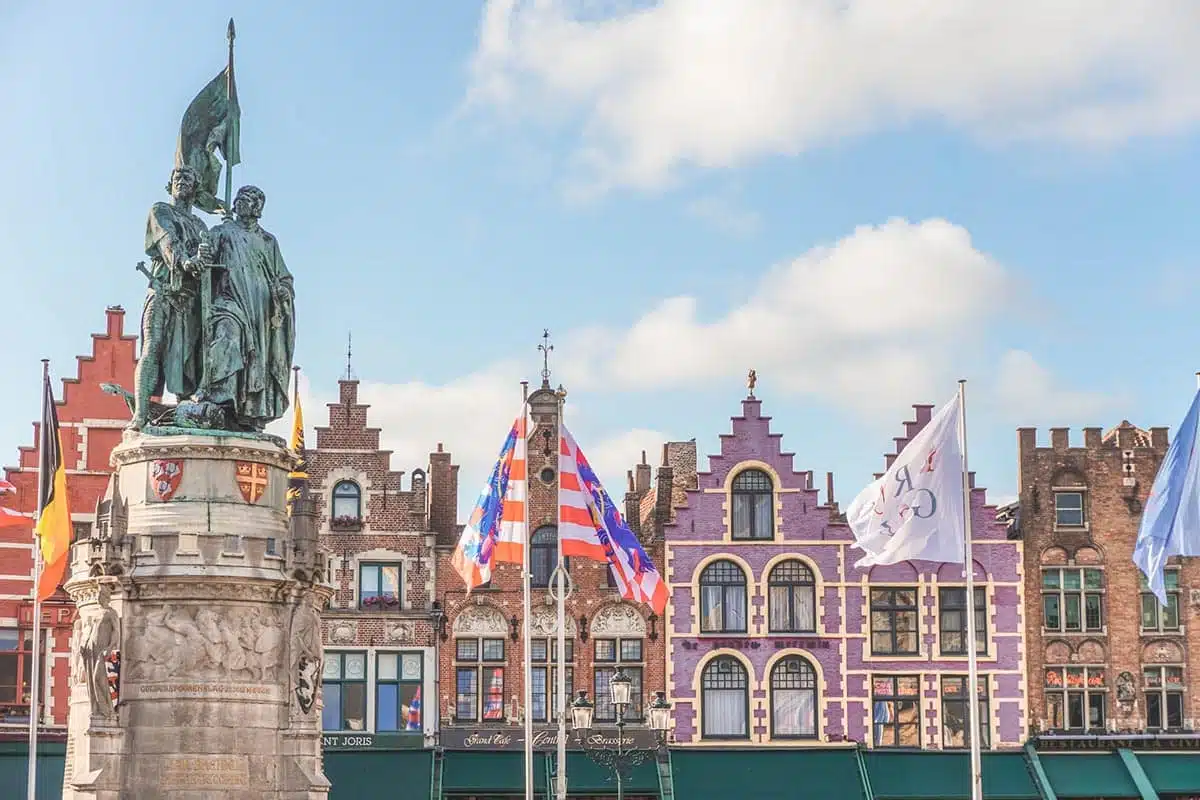
Belgium Travel Guide
Welcome to my Belgium travel guide – where I uncover all the secrets to this enchanting land of delectable chocolates, charming cobbled streets and rich cultural institutions this beautiful country has to offer.
Destinations
Can you see yourself sitting in the Grand Place, enjoying a refreshing beer and freshly-fried frites while people-watching busy locals on their commute? If so, you’ll love Belgium just as much as I did.
Beyond the culinary delights and major historic cities, there are so many things to do in Belgium, whether hiking in the Ardennes, taking a day trip to Bruges, or swimming in the North Sea.
Let’s dive into all you need to know about visiting Belgium – what you should do, all the best places to stay, and when to go. I’ve also included all the need-to-know info you’ll require, like the best travel tips, to make your trip a breeze.
How to Plan a Trip
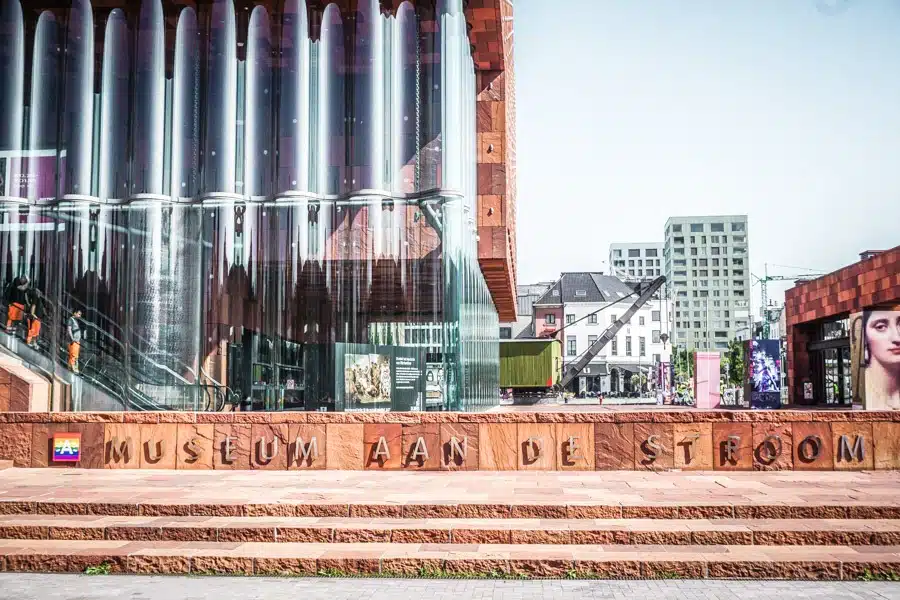
Best time to visit
With the calmer temperatures and fewer crowds, I recommend you travel to Belgium in spring (April – June) or autumn (September – October).
If you want to attend an exhilarating festival or enjoy a canal-side beer under the sun, visit in the summer (June – August). For Christmas Markets and sumptuous, hearty dishes, winter (December – February) is ideal.
Handy Resources
- Skyscanner is a useful tool for finding the cheapest flights to Belgium.
- Holiday Autos is essential for comparing rental car prices.
- Flixbus provides a convenient booking system for bus tickets.
- Omio can ease all your stresses with trains, buses, and flights.
- RailEurope simplifies getting train tickets.
- Booking.com is a go-to for your airport transfer and accommodation needs.
- G Adventures is the perfect solution for finding multi-day guided trips.
Where to Stay
Brussels
Many travellers come to Brussels when visiting Belgium. With must-see attractions like the Atomium, the Grand Place, and the European Parliament, the city captures so much of Belgium’s history and charm. Stay at Radisson Red Brussels.
Antwerp
Belgium’s largest city Antwerp is part of the country’s diamond district, full of stunning buildings. And with cultural destinations like Rubenshuis and Snijders & Rockoxhuis, it’s a fantastic place to be. Stay at Hotel Rubens-Grote Markt.
Bruges
Another picturesque Belgian city is Bruges, or “the Venice of the North”, promising a creative and quirky vibe – it’s a great place to be. There are also many great places to eat in Bruges and some of Belgium’s best beer. Book a stay at Hotel De Orangerie.
Ghent
Another stunning destination is Ghent, a port city in northwest Belgium. This charming part of the country boasts picturesque scenery and a bustling nightlife scene. Book a stay at Pillows Grand Boutique Hotel.
Packing For Your Trip
Packing for your Belgium trip? Don’t forget…
- A pair of comfy trainers for the amount of walking you’ll be doing.
- A travel umbrella as Belgium’s known to be rainy at times.
- A useful power bank, so you don’t run out of juice.
- This compact daypack is for souvenirs, snacks, and jumpers.
- A rain jacket to keep you warm and dry.
Travel Insurance
While Belgium is an incredibly safe country to visit, you can’t always predict disasters like car accidents, lost baggage, and pickpocketing. That’s why travel insurance is incredibly vital when going on holiday.
I use AXA Travel Insurance to protect myself against any unforeseen costs while travelling.
Suggested Guidebooks
Here are some of the best Belgium travel guidebooks:
Plan your next great travel experience!
Sign up for insider tips straight to your inbox.
Belgium Visitor Guide: What to Do During Your Belgium Trip
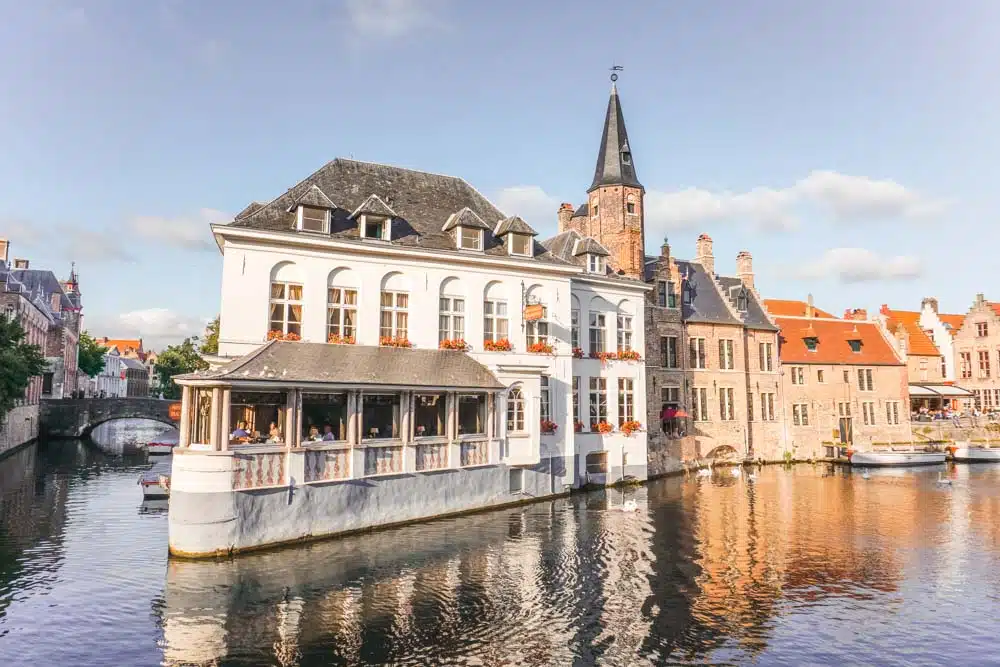
Top Things to Do
Explore Bruges
With charming ancient-bricked buildings, stunning canals, and a UNESCO World Heritage city centre, Bruges is full of photo-snapping opportunities.
Plus, Bruges’ beer bar scene is one of the world’s best – and if you consider yourself a beer connoisseur, you must explore this area. Spend a weekend in Bruges, and I promise you’ll fall in love!
Read Next: Things to Do in Bruges
Step Back in Time in Antwerp
Antwerp is a port city packed with history, so visiting here feels like stepping out of a time machine. This feels especially true when visiting the Grote Markt and the 16th-century City Hall.
The city is also known for its bustling contemporary art scene and institutions like M KHA.
Read Next: Things to Do in Antwerp
Discover Brussels
Next up, Brussels – Belgium’s capital and the EU’s administrative centre. It’s full of museums, galleries, and stunning Art Nouveau architecture to keep you enthralled.
On top of this, it’s the best place to be for markets, fine dining, and beer-tasting tours.
Visit Quirky Charleroi
Once a site of post-industrial abandonment, this mining town was derelict and polluted. However, the city has recently been reinventing itself as a spot for modern art lovers.
Pay a visit to the Industry Museum to learn about its mining history or Musée des Beaux-Arts for an impressive surrealist and post-impressionist collection.
Relax by the Canals of Ghent
This delightful university town is another fun place in Belgium, with its Gothic architecture, lively markets, and charming atmosphere.
It once served as a critical European city in the Dark Ages for trading due to its location. You can learn all about this on a historical walking tour as you pass by cathedrals and castles.
Pay Your Respects at Flanders Fields
If you consider yourself a history buff, there’s no better thing to do than visit Flanders Fields and the Ypres Battlefield.
This was a significant battle site during World War I, where more than a million soldiers fought and died.
Visit the Royal Greenhouses of Laeken
Home to some of the world’s most exotic plants and flowers, these greenhouses offer a vibrant look into Mother Nature.
An example of stunning Belgian architecture and horticulture, the Royal Greenhouses are only open for three weeks during the spring – you may want to plan your trip around it.
Spend a Calming Day in Spa
That’s right, Belgium has a town in the Ardennes region called Spa, famous for its mineral thermal waters. In fact, the word ‘spa’ comes from here.
So, to destress from all the walking, why don’t you pamper yourself with a treatment at Thermes de Spa?
Suggested Belgium Itineraries
Expect world-class gastronomy, fine art, and a treasure trove of history and heritage as you dive into any of the following Belgium itinerary suggestions.
Best of Belgium
4 Days
Brussels – Antwerp – Ghent – Bruges – Flanders Fields – Brussels
Explore Belgium’s top attractions in this four-day itinerary.
Nature of Belgium
7 Days
Brussels – Westhoek Nature Reserve – Zwin Nature Park – Ghent – Leuwen – Hautes Fagnes Wetland Nature Reserve – Ardennes – Brussels
This is the ideal itinerary for outdoor lovers, as you visit Belgium’s best natural offerings.
Around Belgium in 10 Days
10 Days
Antwerp – Ghent – Bruges – Dinant – Ardennes – Charleroi – Brussels
Get a taste of a bit of everything Belgium has to offer on this ten-day trip.
Castles of Belgium
10 Days
Antwerp – Bornem Castle – Ghent – Chimay – Dinant – Château de La Hulpe – Brussels
Go back in time by visiting Belgium’s historical highlights.
Hidden Belgium: Off the Beaten Path
Just because this country is full of modern cities doesn’t mean there are no hidden treasures.
Hike in the Ardennes
Belgium’s Ardennes region is full of rolling hills, mesmerising caves, idyllic villages, and, let’s not forget, lush forests. This makes it the ideal spot for hiking, whether in the Semois Valley or the majestic Anlier Forest.
Take a Dip in the North Sea
While Belgium may not be famous for its beaches, it is home to a few along the North Sea. Just outside of Bruges, at Ostend, Blankenberge, and Knokke – you’ve got a spot to swim. This is a welcoming offering, especially in Europe’s recent sweltering summers.
Appreciate the Views at Hautes Fagnes Wetland Nature Reserve
You’ll find the delightful Hautes Fagnes Wetland Nature Reserve on Belgium’s border with Germany.
The reserve is home to Belgium’s highest point at just under 2300 feet above sea level, and is a beautiful spot for strolling the boardwalks and appreciating nature.
Go Underground at Grotto de Han
Experience the subterranean delights of being in this cave with millennium-old stalactite formations and the underground Lesse River. As an interactive and educational experience, it’s quite literally one of Belgium’s best hidden gems.
How to See the Best of Belgium for Free
Belgium is sometimes renowned for being pricey, especially for expats and tourists. But it doesn’t have to be, as many activities cost nothing.
A free tour is an excellent option for walking tours in the four major cities. You can explore the historic centre and the European Parliament in Brussels for free.
In Bruges, Ghent, and Antwerp, visiting most churches and wandering the streets are free.
Dishes to Try in Belgium
Frites – Fries served smothered in mayonnaise.
Moules frites – Steaming-hot mussels with broth served with frites and Dijon mayonnaise.
Waffles – Made with a lighter batter and deep pockets, these waffles are often served with whipped cream or ice cream.
Belgian chocolate – Described by many as the world’s best chocolate, these come with a high percentage of cocoa and stronger aromas.
Top Drinks in Belgium
Belgian beer – The country’s known to have over 1,000 types of beer.
Map of Belgium


